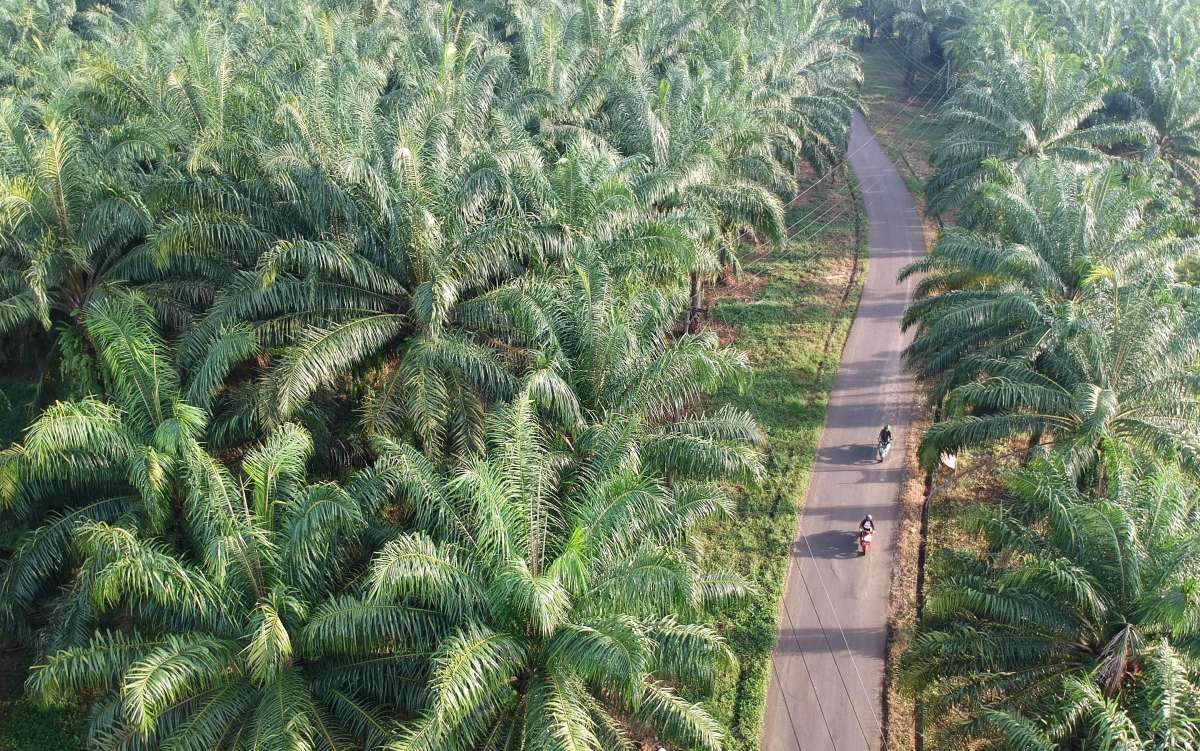Indonesia, as one of the world's leading producers of palm oil, has faced ongoing challenges balancing economic growth with environmental conservation. A significant issue at the heart of this balance is the establishment of palm oil plantations within designated forest areas. This practice has sparked legal debates, environmental concerns, and policy discussions nationwide.
Understanding the Legal Framework
The Indonesian government grants land use rights known as Hak Guna Usaha (HGU) to entities for agricultural purposes, including palm oil cultivation. However, complications arise when these HGUs overlap with forest areas, leading to disputes over land classification and usage rights.
According to the Ministry of Agrarian Affairs and Spatial Planning/National Land Agency (ATR/BPN), HGUs issued before the designation of an area as forest land are considered valid. Minister Nusron Wahid stated that if an HGU was granted prior to the forest designation, it retains its legality, emphasizing the importance of historical land use in determining current rights.
Conversely, the Ministry of Environment and Forestry (KLHK) has argued that any land designated as forest area falls under their jurisdiction, regardless of existing HGUs. This conflicting stance has led to legal ambiguities and enforcement challenges.
Environmental Implications
The expansion of palm oil plantations into forest areas has significant environmental repercussions. Deforestation contributes to biodiversity loss, disrupts ecosystems, and increases greenhouse gas emissions. Moreover, it affects indigenous communities who rely on forests for their livelihoods and cultural practices.
Environmental organizations have raised concerns about the sustainability of palm oil production, urging for stricter regulations and enforcement to prevent illegal encroachment into forest lands. They advocate for transparent land use planning and the protection of remaining forest ecosystems.
Policy Responses and Reforms
In response to these challenges, the Indonesian government has initiated several policy measures. The establishment of the Palm Oil Task Force (Satgas Sawit) aims to improve governance in the palm oil industry and resolve land use conflicts.
Additionally, the government has emphasized the importance of aligning spatial planning with land use rights to prevent future overlaps. Revisions to provincial and district spatial plans are being undertaken to reflect current land classifications accurately.
Legal experts suggest that resolving these issues requires a comprehensive approach, including clear legal definitions, inter-ministerial coordination, and stakeholder engagement. They stress the need for policies that balance economic development with environmental sustainability.
Conclusion
The intersection of palm oil plantations and forest areas in Indonesia presents complex legal and environmental challenges. Addressing these issues necessitates a multifaceted strategy involving legal clarity, environmental protection, and sustainable development practices. Through coordinated efforts and policy reforms, Indonesia can strive to harmonize its economic objectives with its commitment to preserving its rich forest ecosystems.
Read More






 Friday, 21-11-25
Friday, 21-11-25







